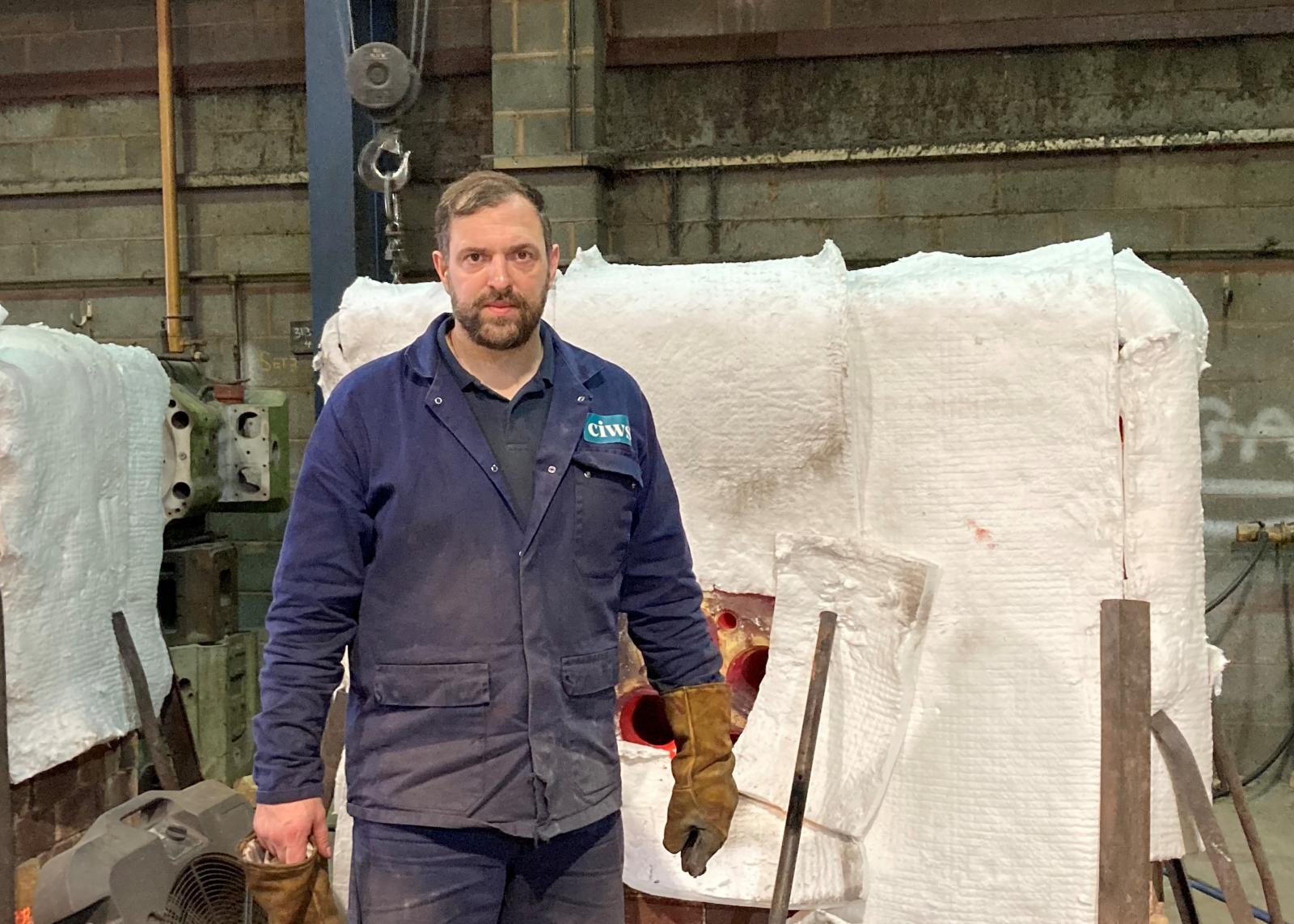
Cast Iron Welding Services earned a £10,000 tax credit from the Government after the work required for a special project proved so complex that it qualified as R&D.
Cast Iron Welding Services (CIWS) had previously been told by tax professionals that its activities didn’t qualify under HMRC’s R&D tax credit scheme.
But after agreeing to a third review of the company’s activity by tax relief specialists Catax, its innovations were finally recognised.
Not all CIWS’ work qualifies under the rules but one project in particular caught Catax’s eye.
The family business had been approached by a client who needed repairs made to a huge cast iron industrial strainer that was five feet in diameter and 40 years old. It had developed a substantial crack due to repeated heating and cooling over many years.
The object was large and heavy, and was not uniform in shape or thickness. It also contained impurities and other materials, mainly nickel. This meant the CIWS team couldn’t just rely on the techniques developed in the early days of the company for joining and repairing cast iron objects.
Normally they would raise the temperature of the object in a furnace to 600 degrees Celsius, keeping it at that temperature for 12 hours during which time the weld is applied, before allowing it to cool slowly for 24 hours.
But after one attempt, the team discovered that, due to its irregular shape, the heating and cooling process had resulted in deformation and more cracking. Further experimentation was required, which involved adjusting the temperature and the rate of cooling to suit its unique composition.
Because the company was attempting to solve a technological uncertainty, its work qualified as R&D which resulted in a claim for £9,700 in R&D tax credits.
Now that CIWS understands how the scheme works and what qualifies, it is looking forward to accepting more complex commissions in the future, safe in the knowledge that much of the innovation required to try to solve unusual challenges will be eligible for this tax incentive. It will also help it limit the financial impact for clients.
CIWS is based in Coalville, Leicestershire, and was founded by current managing director Peter Palmer’s grandfather, Harold, in 1946. The company receives requests from all over the world because the work they do is so specialist. Cast iron has been widely used to make gates, farm equipment and machinery including pipes and automotive parts such as cylinder heads on diesel engines, cylinder blocks and gearbox cases. However, cast iron will need repairing periodically. Traditional arc welding is sometimes used but this is only a temporary fix as it eventually fails.
Among its body of work, the company repaired the navigation lights seen on the approach to Tower Bridge ahead of the 2012 London Olympics and has done many repairs for listed buildings and National Trust properties.
R&D tax credits were introduced by the government in 2000 to incentivise innovation, and result in either a reduction in a limited company’s corporation tax bill or a cash lump sum.
Many firms don’t realise the work they do qualifies as R&D, which is defined as any work that seeks to resolve a scientific or technological uncertainty, whether that’s a new process, product or service. Crucially, R&D work does not need to have been successful to qualify and claims can be made up to two years beyond the end of the tax year in which the work took place.
Peter Palmer, Managing Director of Cast Iron Welding Services (CIWS), said: “We had been told twice before that we were not able to make a claim for R&D tax credits so it was fantastic to discover that we could.
“We’d spoken to consultants in the past and they couldn’t identify anything we were doing that was new but every now and again we undertake projects that are highly unusual, and Catax very quickly picked up on that.
“Our company is pretty unique and we occasionally come up against challenges so difficult that we have to throw out the manual and invent entirely new processes. On this occasion, significant effort went into the material composition of the object and testing its response to different heating and cooling cycles.
“Making a claim for R&D tax credits has opened our eyes to the way we can use the scheme to support our work on more complex projects in the future.”
Kully Nijjar, Associate Director of specialist R&D tax consultancy Catax, said: “The overall size of this claim wasn’t as important to CIWS as knowing that R&D tax credits could allow them to take on many more clients with complex repairs in the future.
“By showing them how certain projects can qualify, we’ve opened up new possibilities for their business. The tax benefits they know they can claim for solving the most difficult challenges could now amount to a significant cash benefit in the coming years.”
Kully Nijjar can be reached at [email protected] or on 07870 814 064.
www.catax.com